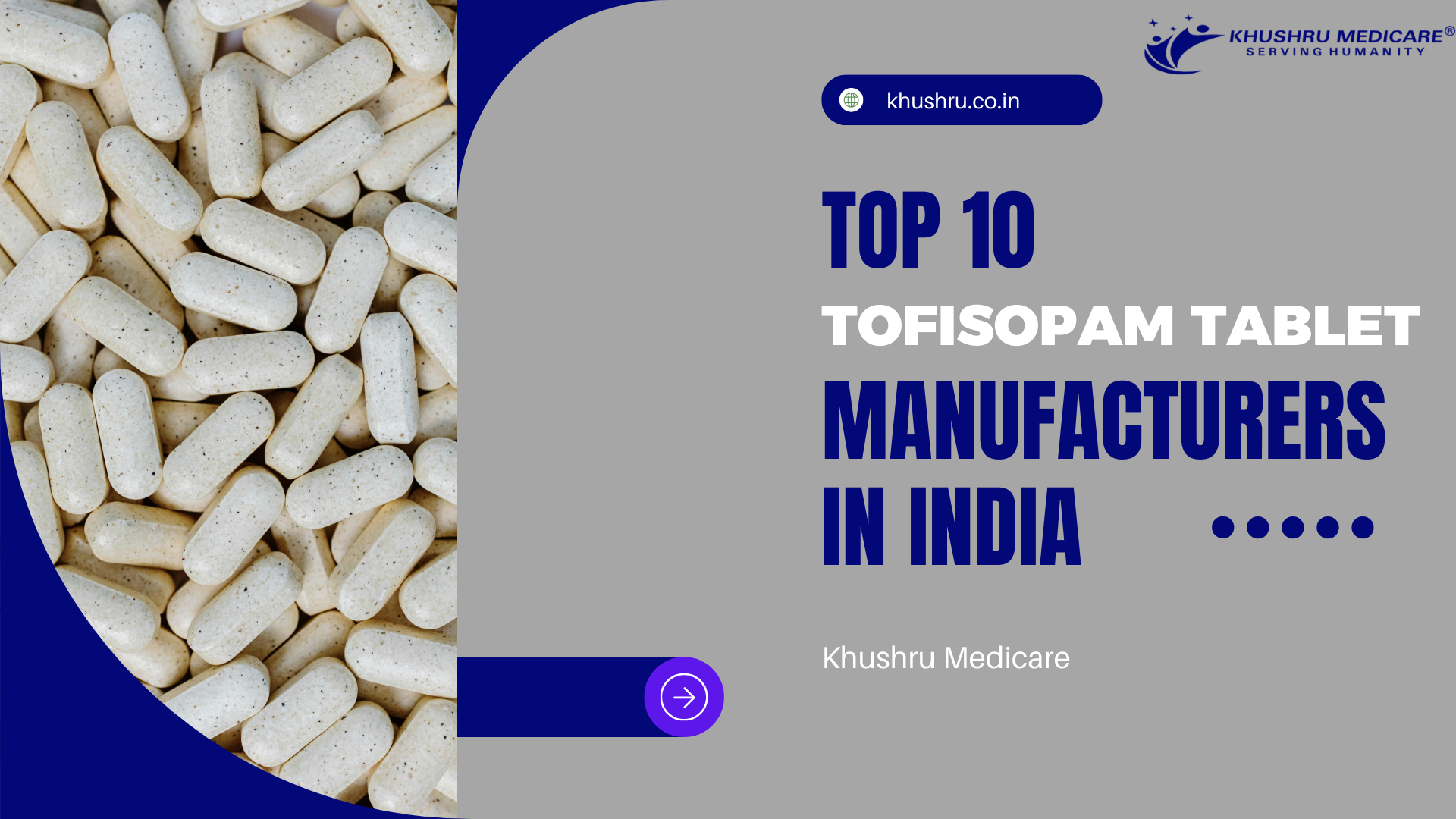
An high body temperature beyond the typical core level of 100°F (37.8°C), known as a fever, is a common symptom that frequently leads people to seek medical assistance. Fever is treatable, but it can also be a sign of underlying medical issues. We’ll look at over-the-counter antipyretic drugs, how they work, and useful methods for treating fever in this extensive overview.
Nonprescription Antipyretics
1. Acetaminophen (APAP)
Acetaminophen, also referred to as APAP, is a popular antipyretic. It comes in a number of forms, such as liquid solutions, pills, and capsules. By preventing the creation of prostaglandins, APAP mainly lowers fever by acting on the hypothalamus. It works well to control fevers and is generally well tolerated.
2. Nonsteroidal Anti-Inflammatory Drugs (NSAIDs)
The term “NSAIDs” refers to a class of drugs that includes naproxen, ibuprofen, and aspirin. These medications contain anti-inflammatory qualities in addition to their ability to lower fever. They function by preventing the cyclooxygenase (COX) enzymes from producing prostaglandins. NSAIDs are frequently used to treat pain and reduce fever.
Detecting Fevers
Determining the exact temperature is essential to determining the intensity of a fever. The following are some salient points:
1. Thermometers:
For accurate readings, use dependable digital thermometers.
2. Sites of Measurement:
Select a reliable location to take your temperature, such as the axilla, mouth, rectal, temporal, or tympanic area.
3. Avoid Forehead Touching:
Since the forehead may not be a good indicator of core body temperature, rely on thermometer readings instead of forehead contact.
Common Causes of Fever
It’s critical to comprehend the underlying causes of fever:
- – Fever is frequently caused by bacterial, fungal, or viral infections. Influenza, urinary tract infections, and respiratory infections are typical instances.
– Drug-Related Fever: One side effect of some medications (such antibiotics or heart meds) is the induction of fever.
– Immunizations: Especially in young children, vaccines may be followed by fevers.
Effective Management of Fever
When managing fever, consider the following steps:
-
– Hydration:
- To avoid dehydration, promote a sufficient fluid intake.
-
– Cooling Measures:
- Cool compresses or tepid sponge baths are examples of external cooling techniques that can help lower fever.
-
– Antipyretics:
- When necessary, provide NSAIDs or APAP. Observe the dose recommendations.
-
– Seek Medical Assistance:
- High or persistent fevers need to be evaluated by a medical expert.
Patients and caregivers can make more informed decisions by understanding antipyretic drugs beyond simple thermometer readings. Keep in mind that tailored guidance from a medical professional is necessary for the best possible management of fever.
FAQS on Decoding Antipyretic Medications Beyond Thermometers
Q: What is the role of acetaminophen (APAP) in fever management?
A: Acetaminophen (APAP) is a popular antipyretic that lowers fever efficiently. It reduces body temperature and inhibits prostaglandin formation by acting on the hypothalamus.
Q: How do nonsteroidal anti-inflammatory drugs (NSAIDs) contribute to fever control?
A: NSAIDs, which include aspirin, ibuprofen, and naproxen, offer anti-inflammatory qualities in addition to lowering fever. By blocking the cyclooxygenase (COX) enzymes involved in prostaglandin synthesis, they function.





